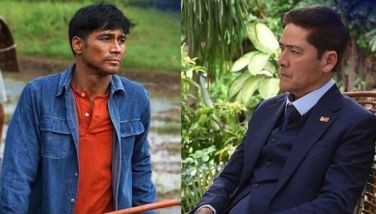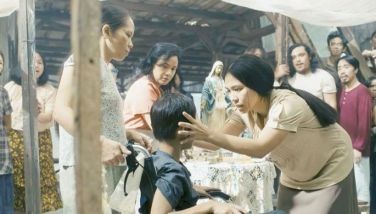How Eddie Romero's ‘Aguila’ was brought back to life
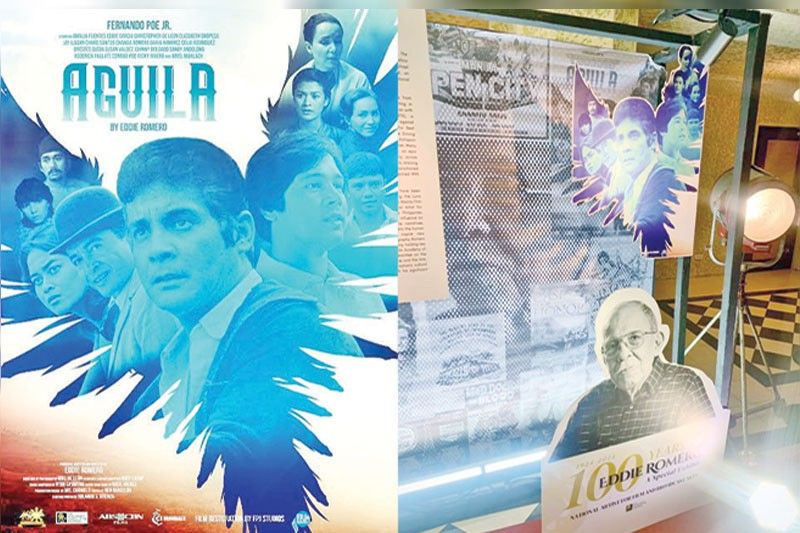
MANILA, Philippines — It took 3,000 hours to restore what was once touted as the “biggest Filipino film ever made,” the 1980 classic “Aguila,” written and directed by the late National Artist for Film and Broadcast Arts Eddie Romero.
Widely considered the magnum opus of the Dumaguete-born and Silliman University-educated filmmaker, “Aguila” chronicled the history of a Filipino family spanning multiple generations and monumental socio-political events in the country.
Aside from its expansive narrative, it featured a star-studded ensemble cast led by the late National Artist and King of Philippine Movies, Fernando Poe Jr.
He was joined by Amalia Fuentes, Christopher de Leon, Elizabeth Oropesa, Charo Santos-Concio, Celia Rodriguez, Roderick Paulate, Aga Muhlach, Chanda Romero, and Eddie Garcia, among many others.
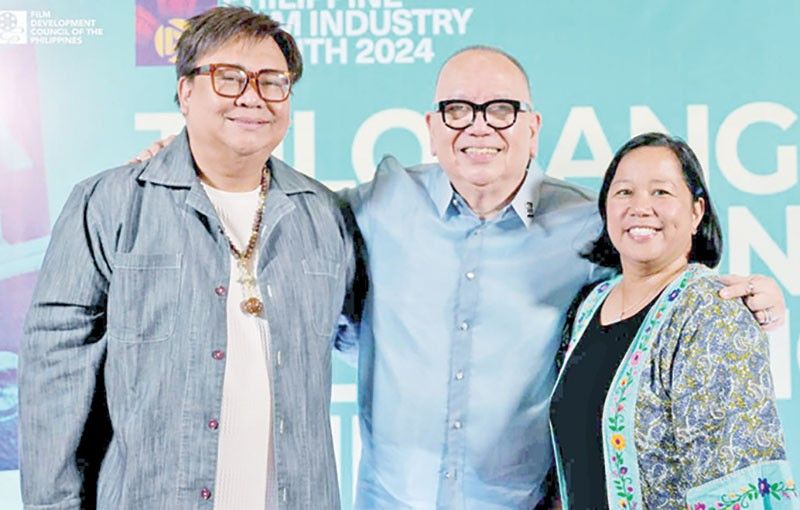
To celebrate the centennial of Romero, the Film Development Council of the Philippines (FDCP) screened the restored version of the period drama during the Philippine Film Industry Month (PFIM) opening ceremony on Sept. 1 at the Metropolitan Theater.
The film opened with a family gathering to celebrate the 88th birthday of the Aguila patriarch, Daniel Aguila (FPJ), who was thought to be dead for a decade.
His son Mari (Christopher de Leon) would find out, however, that he was alive, setting out on a journey to find him while unraveling their complex family history as well as his father’s storied past in the process.
Before the special screening graced by Romero’s family, Jeffrey Sonora of FPJ Productions, Inc. (a company that has been focused on archiving and restoring FPJ films), shared the complexities and challenges involved in restoring “Aguila.”
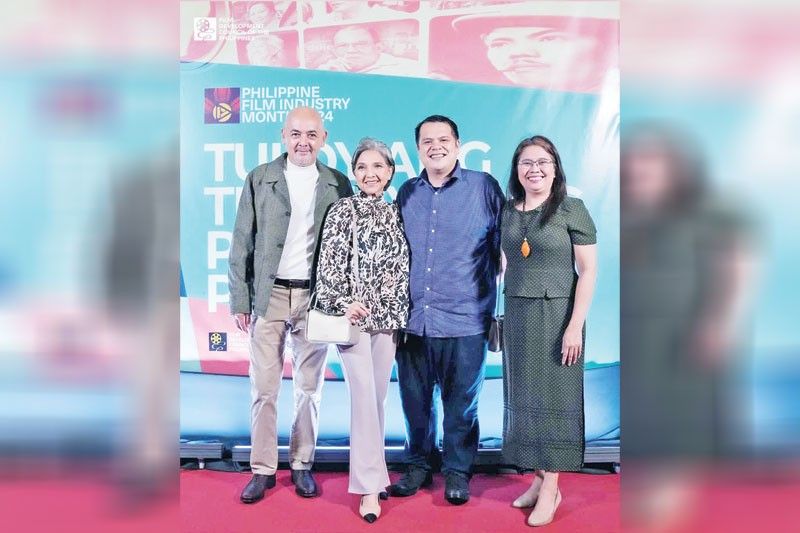
The STAR learned that it was the most difficult to restore in FPJ Studios’ roster of titles.
“Of the films we’ve restored already, more than 100 titles, this was the most difficult to restore because, one, it’s three hours long, and almost 100 percent of the film was damaged. The damage was extensive,” the FPJ Productions vice president explained.
“So, the efforts that we made… we did the best that we could to ensure there was something we could watch. Also, there were parts that were so badly damaged that we had to get the materials from Betacam tapes, transferring from film to tape. So, there were parts where, when you see the subtitles, those came from tape, while other parts came from film.”
It’s an understatement to say that the restoration process was no small feat. “The process of restoration took more than 3,000 hours. So it was really long,” Sonora said.
“I think the best result of this effort, we’re able to create digital masters. So meron na siyang preserved (version) na highest possible quality at this time. We can still restore it to a better state in the near future when the technology gets better. It will be easier and clearer. Itong ‘Aguila’ magagamit din natin na meron pa siyang next life.”
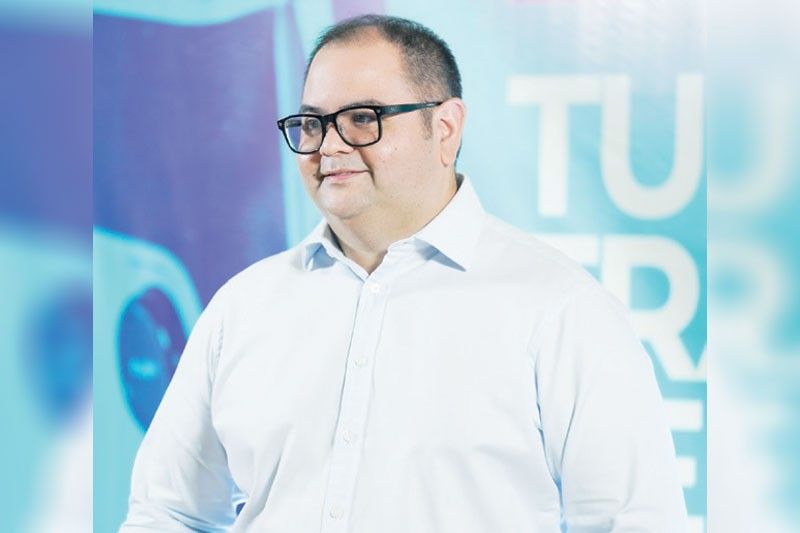
One of the major challenges was sourcing the original film material. “Challenges, one, we were looking for film material for this film. So, good thing, the team of PFA (Philippine Film Archive), they were able to locate materials. Initially, we restored it in tape. Nung sinabi nila o, may material dito, sobrang nagulat kami na wow kaya pang iangat yung quality,” he recalled.
Sonora also pointed out the technical difficulties in film restoration. “The main challenge when you’re doing film restoration and preservation is actually having the scanned materials. So, creating the digital masters and creating the storage because it’s large,” he said.
“When you see film, you don’t see the backend na kailangan mo, gaano kalaki ang storage. For ‘Aguila,’ it was almost 20 terabytes of data to actually store. So we need a lot of scanners for the film industry. We need to create digital masters because once the material is digitally frozen, you have something to harvest in the future. That’s the end goal — to restore everything while we can.”
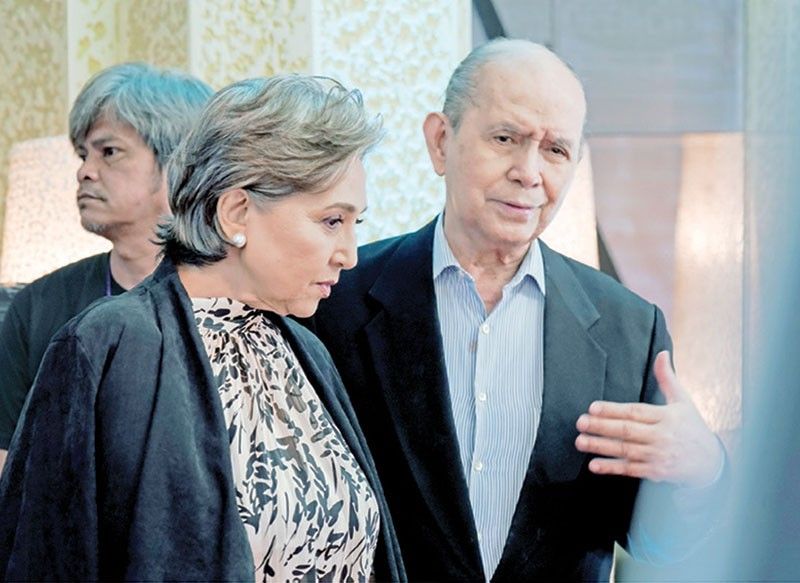
According to Sonora, the reward for restoring a film comes when you finally see it in its entirety after the restoration process is complete. It’s in that moment, after meticulously working on it in small segments, when you realize how well it turned out.
“When you’re restoring materials, never ko siya talagang napapanood ng buo,” he shared. “You watch it anytime from one minute to two minutes, checking for damage, (with) no sound.
“You don’t look at it as a movie, as an entire movie, but you look at it as assessing the damage and how it can be gradually repaired. We always approach it that way. But when it is shown in its entirety, that’s when you’ll see, ‘Uy okay pala.’ Yes, it’s the reward (to see the restored film).”
Nevertheless, for Sonora, the importance of this work goes beyond technical achievement. Through painstaking efforts of film restoration, “Aguila” has been preserved not just as a piece of cinematic history but as a living work that can even be enhanced as technology advances and continue to be appreciated by generations of Filipinos to come.
“For me, the most important thing is for us to have more films to watch because if the works of our National Artists, our artists, are lost, in the future, only their names will remain. Their work will be gone,” he said.
- Latest
- Trending



























